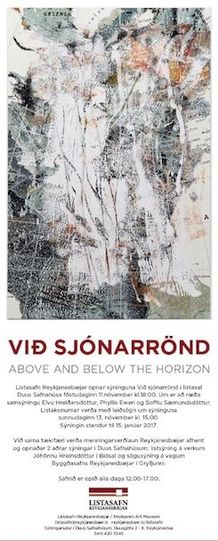
With a year to prepare for the exhibit, I began thinking about what I wanted to show; how to represent myself as an artist from across the ocean, inspired by the icelandic landscape, but also located within my own sphere. I have for the past ten years been involved in thinking about global warming and the footprints that humans have made on an already changing terrain. Using maps and photographs, modified in Photoshop and printed digitally; I had been creating 3-dimensional collages about the changing coastline of New England, focusing on the beaches of Cape Cod.
I chose two pieces, Liminal Break 1 and Restless Sand 2 to include in the and two pieces that refered to the geothermal landscape on Reykjanes, where the museum is located. These are titled Cauldron 2 and Cauldron 3. I also wanted to create two large installations; one using images taken from the patterns in the sand of the cape when the tide has ebbed and the other using the colors of the land and steam that I'd seen at Gunnuhiver in 2014.
CLICK ON AN IMAGE TO ENLARGE
I chose two pieces, Liminal Break 1 and Restless Sand 2 to include in the and two pieces that refered to the geothermal landscape on Reykjanes, where the museum is located. These are titled Cauldron 2 and Cauldron 3. I also wanted to create two large installations; one using images taken from the patterns in the sand of the cape when the tide has ebbed and the other using the colors of the land and steam that I'd seen at Gunnuhiver in 2014.
CLICK ON AN IMAGE TO ENLARGE
I put aside the beginnings of the Reykjanes piece, that I'd begun in the fall of 2014 to concentrate on the installation about Cape Cod, where I'd altered the colors of the beach sand patterns into yellows, ochres, blues and greens. I started three times, unsatisfied and discarding each attempt, until finally I found elements that worked. I used some images to locate the more abstract elements, see below, as being on a beach with dunes, paths, ocean, and sky. I enjoyed playing with scale, the abstract patterns - closely observed - becoming dominent in size, with the locating images smaller and taken from a distance. At the same time, then, the viewer is looking out and down, the movement of eyes replicating the movement of the land. Wind and water alter the coastlines and I want the viewer to experience the movement of this land.
This installation was not completed until It was hung in the museum. I needed to see what space it would occupy and how I wanted it to look in situ. I knew that I wanted the piece to hang away from the wall with the more abstract elements (as above) further away from the wall than the elements that showed location. I chose to use magnets on steel screws of different dimensions to create a sense of movement. Receiving advice from friends Gene Turitz and David Martin, i attached washers and small discs to the back of the pieces. These discs lined up with the screws on which we put small strong magnets. Teddi, who helped me install this piece on the second day, had fun with the process so we both had fun. The piece is called Undertow: Cape Cod. I consider it a work-in-progress and will show it in different configurations in the future. One opportunity will be in the Inside/Out gallery run by the Somerville Art Council in June 2017. The image below shows the wall at the museum with Undertow: Cape Cod.
I knew what the installation, Reykjanes: Gunnuhiver's Ghost, would look like before it left my studio. It was to be a tryptich and I had had planned very carefully, the spacing between the three sections and the depth of earth's crust that I wanted to express. I bought screws of 1", 2.5", 3", and 4" so that the volatility of the geothermal landscape it refered to would be felt by those looking at the piece. It was, as installed, also about 10 ft across. It was much harder to install and was frustrating to Halli who was helping me. Because the sections were heavier than that of Undertow, I had over-estimated how many magnets and screws would be needed. I'd been encouraged to hang it as if it might be jostled or pushed by visitors to the museum, so was over-careful. I had pushed myself to create work of greater complexity and size than I usually do. That I chose to do this under a deadline was something I have to re-think for the future, I was quite stressed in the months leading up to October when I had to ship the work to Iceland. But the reason I keep doing what I do is because I like to challenge myself and continue to develop new ideas and new ways of expressing thse ideas. In the end, the stress was worth it.
This piece was greatly admired and I felt successful. Gunnuhiver's Ghost has been acquired by the museum. It couldn't be in a more appropriate collection.
This piece was greatly admired and I felt successful. Gunnuhiver's Ghost has been acquired by the museum. It couldn't be in a more appropriate collection.
MORE IN NEXT POST
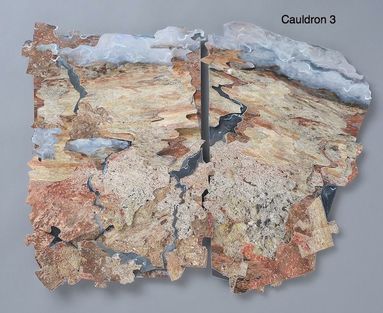
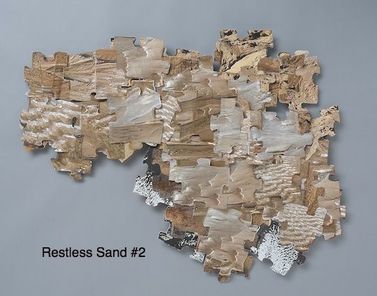
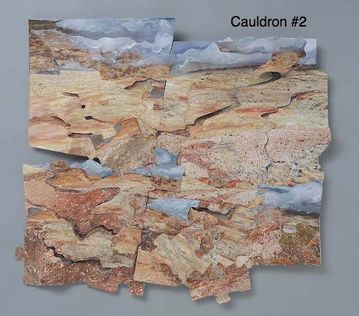
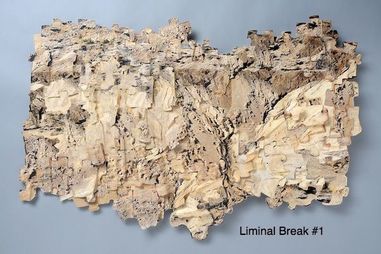
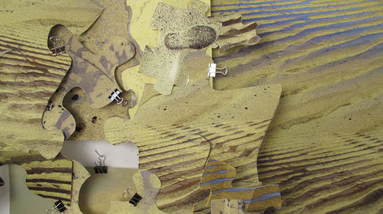
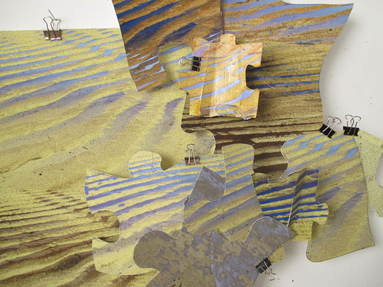
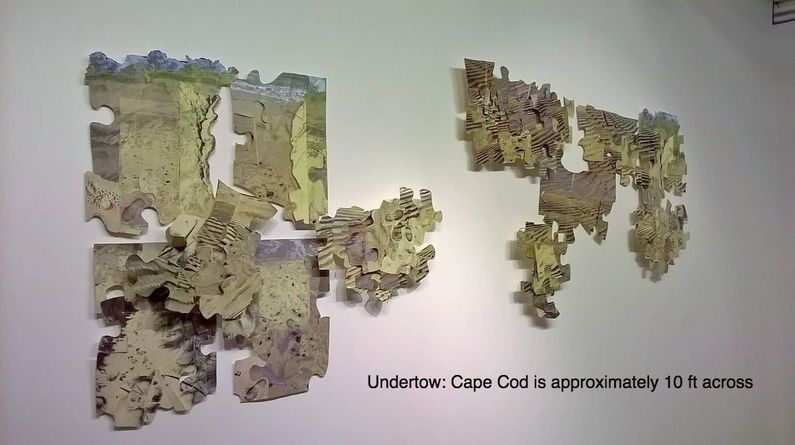
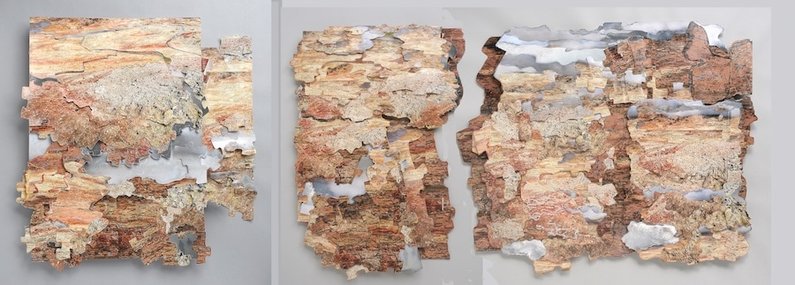
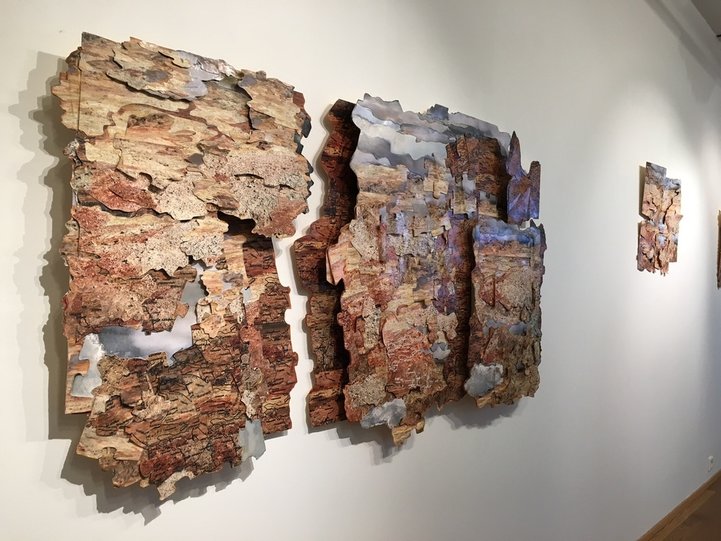
 RSS Feed
RSS Feed